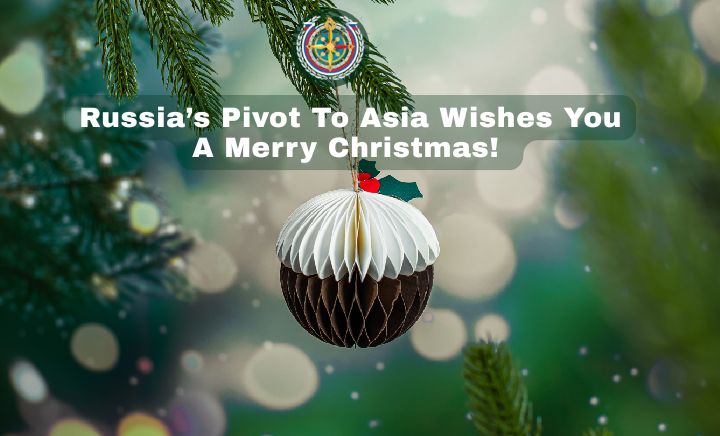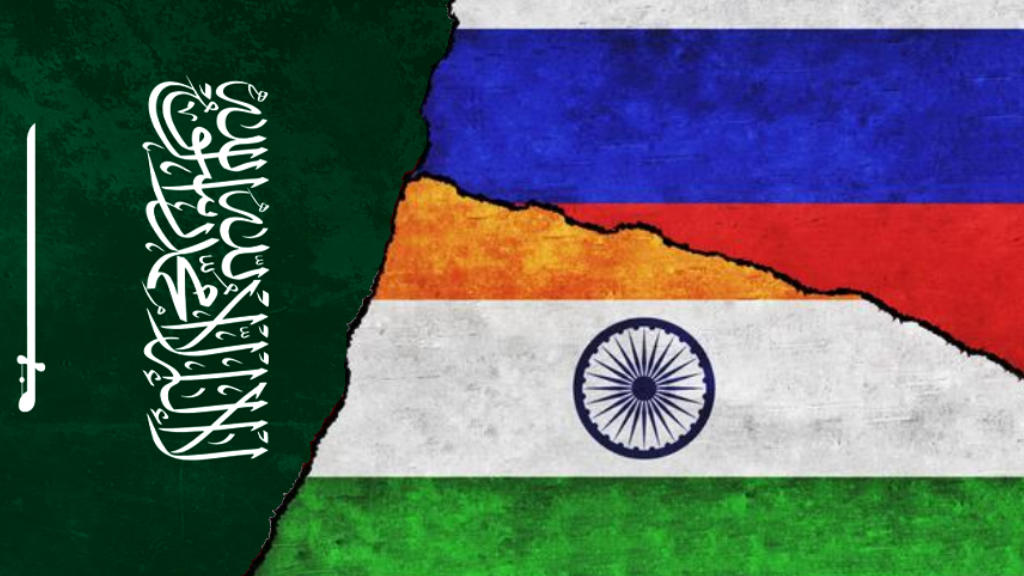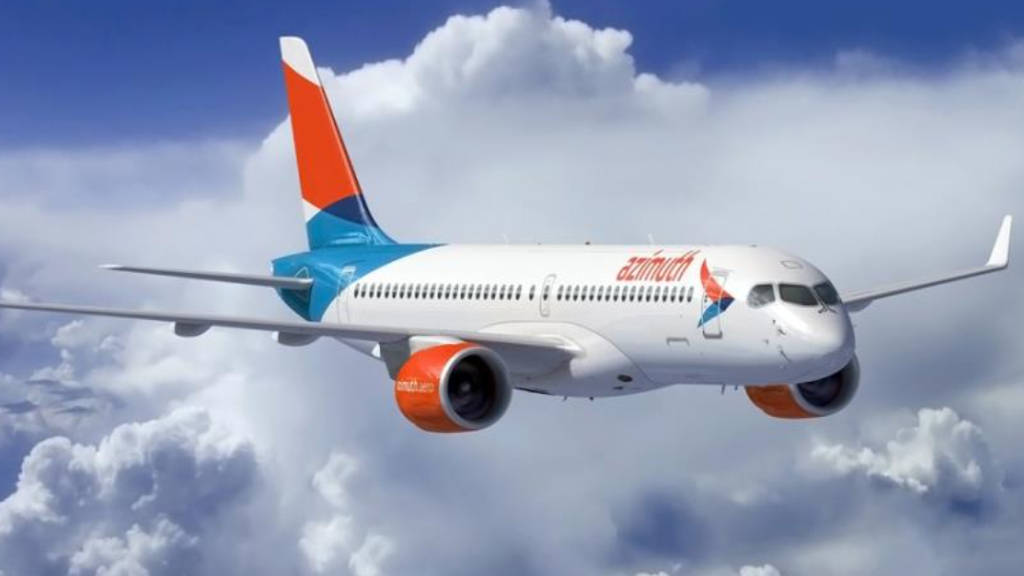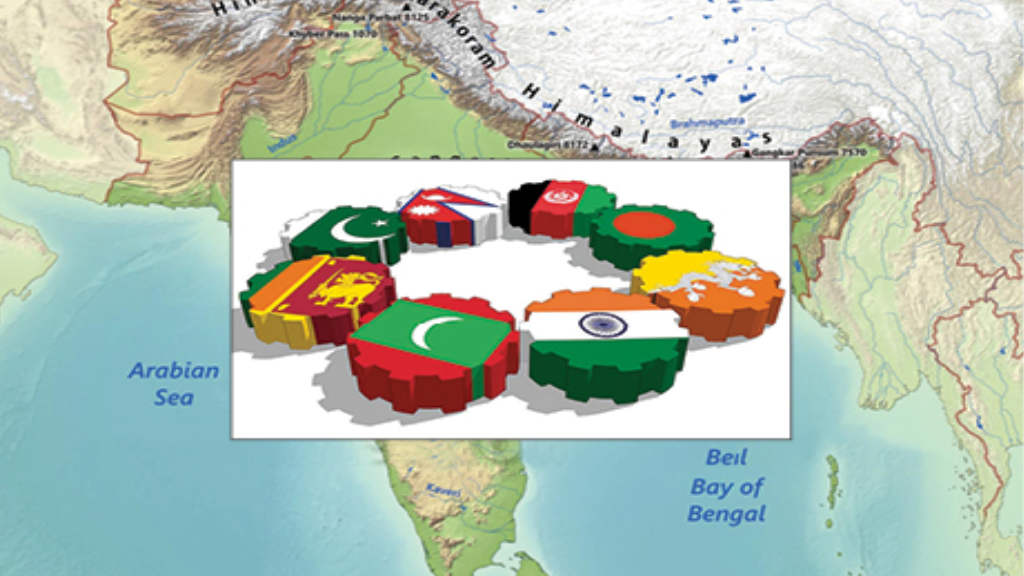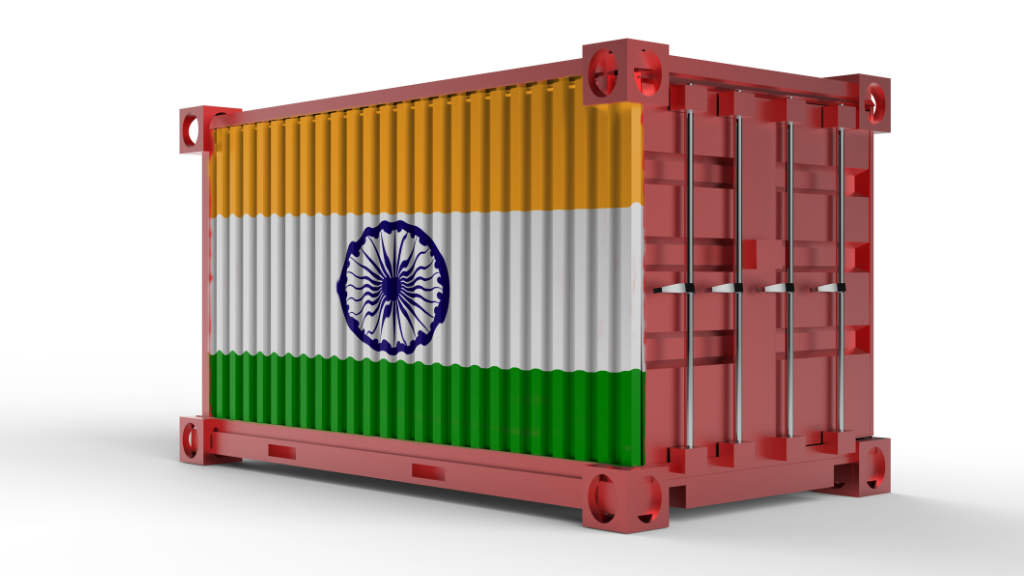By Dr. Divya Malhotra
As global alliances shift and Washington’s unpredictability vis-à-vis India grows, the time is apt for Delhi to quietly explore alternative partnerships that reflect emerging multipolar realities. A Russia–Saudi–India trilateral, anchored in energy, infrastructure, and soft power may be the next frontier in non-Western geopolitics of the Global South.
As India’s National Security Adviser Ajit Doval returns from Moscow after a high-level meeting with Vladimir Putin, a subtle recalibration of India’s foreign policy is underway amid renewed tensions with Washington. Trump’s public outbursts over India’s continued energy engagement with Russia, alongside threats of tariffs, have sharpened New Delhi’s resolve to push for strategic autonomy and explore alternative geopolitical pathways.
While the headlines fixate on tariffs, oil, and social media jibes, the time may be apt to examine the possibility of a subtle strategic realignment; one that could bind India, its Middle Eastern partner – Saudi Arabia, and old ally – Russia in an unconventional trilateral axis. While far from institutionalised, such a framework grounded in pragmatic cooperation across energy, infrastructure, and soft power would present Delhi with a historic opportunity: to diversify strategic dependencies, safeguard national interests, and shape a multipolar world order from the Global South outward.
From Bilateral Familiarity to Trilateral Possibility
The concept of a Saudi–Russia–India trilateral may appear ambitious, but its foundations are steadily being laid across robust bilateral ties. India-Saudi Arabia relations have peaked in recent years, with trade touching over US$ 33 billion and the kingdom supplying nearly 18% of India’s crude oil needs. The energy partnership has evolved beyond oil to include cooperation in petrochemicals, fertilizers, and even renewable energy. Initiatives under the Make in India campaign, when paired with Riyadh’s Vision 2030, create a natural convergence between a youthful democracy and a reforming monarchy. The first-ever India-GCC summit in 2024 further elevated the seriousness of Delhi-Riyadh engagement.
India-Russia ties, though increasingly transactional, remain foundational. The Cold War legacy of strategic cooperation now manifests in trade surging to over US$ 68 billion in 2024–25, driven primarily by discounted Russian oil and fertilizers. Defence collaboration continues, including the S-400 air defence system and the BrahMos missile joint venture. More telling is India’s nuanced stance on the Ukraine war, a position of strategic restraint that has allowed New Delhi to preserve access to both Western markets and Eastern energy corridors.
Meanwhile, Saudi Arabia and Russia have, since 2016, found surprising synergy through the OPEC+ framework. Their coordination on oil output has stabilised global markets and fostered political trust, despite otherwise divergent ideological paths.
Riyadh’s (cautious) overtures toward BRICS and Moscow’s eastward tilt signal a readiness to disrupt traditional alignments. In sum, all three nations are recalibrating their positions in a fractured global order. The overlap in their energy, economic, and multilateral interests sets the stage for trilateral engagement.
Energy and beyond
At the heart of this potential trilateral lies a powerful strategic asset – energy. India’s surging demand, Saudi Arabia’s production muscle, and Russia’s vast reserves and technical expertise offer an ideal triangulation. A trilateral energy corridor could combine upstream Saudi production, Russian logistics, and Indian refining capacity into joint ventures that reduce dependence on Western markets and price mechanisms.
This model of “Saudi capital, Russian know-how, and Indian markets” could serve as the bedrock of trilateral cooperation. This could extend to petrochemical zones in Indian industrial hubs, ammonia and fertilizer plants jointly funded by Riyadh and Moscow, and potentially even green hydrogen projects, leveraging Saudi investment appetite, Russia’s research depth, and India’s clean energy ambitions. Such collaboration is not merely a theoretical idea. It is scalable, investment-ready, and already underway in bilateral pockets, awaiting a trilateral push.
Infrastructure, Multilateralism, and Soft Power
The International North–South Transport Corridor (INSTC) and the Chennai–Vladivostok Maritime Corridor link India and Russia via Central Asia and the Far East. With Saudi capital and political buy-in, these corridors could transform into viable Eurasian trade arteries. Riyadh’s potential participation in port-to-port logistics and customs integration could catalyse a new layer of Eurasian connectivity, bypassing chokepoints dominated by Western-led initiatives.
Multilaterally, all three states share a growing scepticism toward the status quo. Russia has long advocated multipolarity through BRICS and other forums. India supports inclusive, rules-based governance. Saudi Arabia is currently sitting on the fence w.r.t. BRICS and has not refused! Its acceptance of BRICS membership in the future and its exploration of non-dollar oil settlements show its intent to diversify diplomatic options.
In the soft power domain, the possibilities are vast and underexplored. India’s education ecosystem, ranging from IITs to private universities, can anchor trilateral cooperation in research, technology, and student exchange. Saudi Arabia’s Vision 2030 prioritises human capital development; Russia brings academic and scientific prestige. Together, they can launch think tank collaborations, joint podcasts and publications, and cross-cultural tourism and arts initiatives. Such efforts can build familiarity at the grassroots and intellectual levels, away from the glare of formal diplomacy. Film, language exchange, and scholarship programs can seed the kind of long-term trust formal agreements often cannot.
Challenges to Trilateralisation: The American Elephant in the Room
No serious conversation on this trilateral can be dehyphenated from the Washington-factor. For both India and Saudi Arabia, the U.S. remains a vital partner in trade, defence, and diplomacy. Trump’s resurgence, with his sharp rhetoric and punitive instincts, complicates the calculus. CAATSA sanctions over India’s S-400 purchases and Washington’s unease with Delhi-Russia and Saudi-Russian oil dealings are just a few examples of American pressure mechanisms.
Still, both Riyadh and New Delhi have learnt to navigate Washington’s mood swings with increasing maturity. They know that Washington itself is hedging with Pakistan and with China when convenient. For India, the key is not to antagonise Washington but to clarify that parallel partnerships are not betrayals. They are insurance policies. It is important to emphasise that this trilateral is not about choosing sides. It is about expanding options and shaping a multipolar order where strategic autonomy is preserved, not penalised.
An institutionalised trilateral may still be years away, if it happens at all. But that need not stop progress. Track-II diplomacy, joint research forums, university-level exchanges, and energy dialogues can offer low-risk, high-reward pathways to explore feasibility. Closed-door seminars, business delegations, and co-investment in specific pilot projects can test political appetite and build public confidence. Formal trilateralism may remain elusive until the Ukraine conflict stabilises. But informal engagements, driven by soft power and shared interests, can lay the foundation.
Conclusion: Quietly Building a Non-Western Future
India’s foreign policy must remain nimble in a world of shifting poles. As Western alliances fragment and new power centers emerge, Delhi must ask: Who does it want to build the future with? The answer need not lie in the West or East alone but in smart, interest-driven partnerships across both. A Saudi–Russia–India trilateral may not yet have a flag or a forum. But it has logic, momentum, and strategic depth. As India’s NSA Ajit Doval confers with Russian counterparts, and Washington fumes over discounted oil, now is the moment for India to quietly begin building a new strategic triangle, one that reflects the world as it is becoming, not as it once was!
Dr. Divya Malhotra is a Research Fellow at the Indian Centre for National Security Studies, and a Non-resident researcher, at the Middle East Institute, Delhi.
Further Reading
Russia, India, Coordinate Efforts To Beat US Tariffs & Increase Trade and Investment Cooperation
